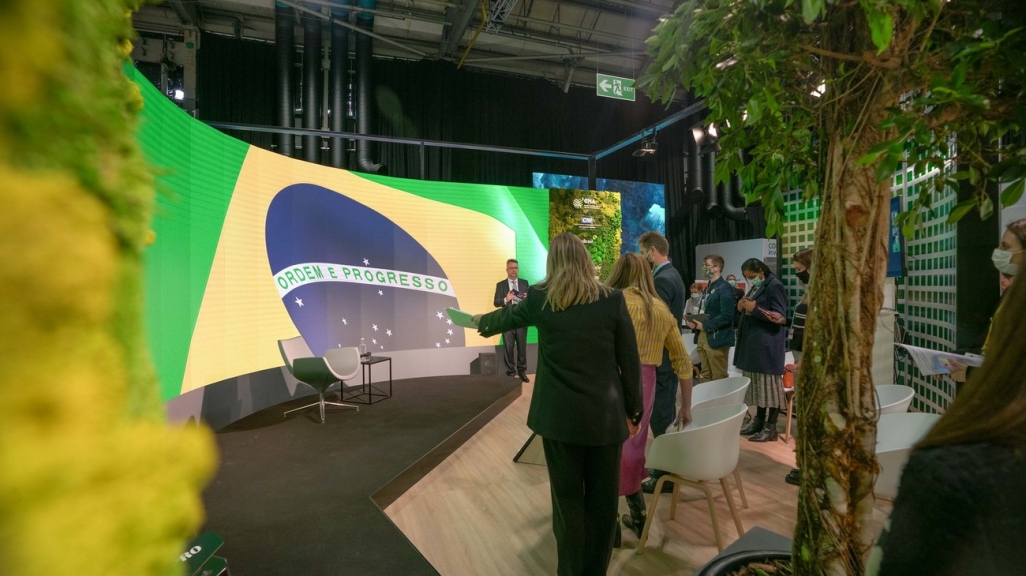LatAm in Focus: COP26's Gauntlet for Brazil and Latin America
LatAm in Focus: COP26's Gauntlet for Brazil and Latin America
By
Luisa Leme
Fresh from Glasgow, Institute Talanoa’s Natalie Unterstell explains how Brazil and the region were part of big steps at the climate conference, but there’s still a way to go.
“[Brazil] is one of the few countries that can achieve a fast decarbonization by radically reducing deforestation at a low cost.”
El Chasqui Newsletter: Get the Latin American Scoop
For ten years, El Chasqui delivered a semi-regular roundup of news—from election coverage to economic issues to start-ups.











